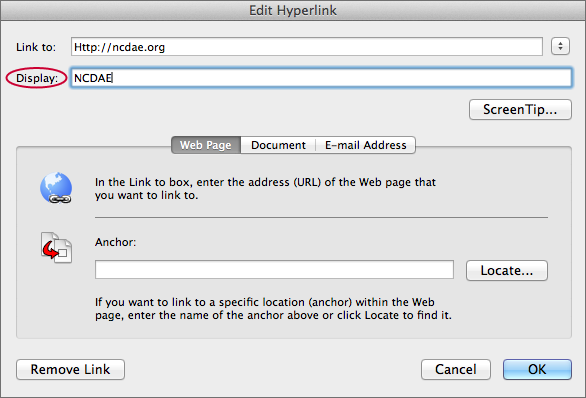Tabs can be moved easily by dragging. You can switch between tabs using the mouse or you can activate a tab by pressing Alt + N (“N” being the tab order '1, 2, 3'). Customize Tab Appearance. The colors of the tabs and the Tab Bar are customizable. There are 11 styles for you to choose from. Owners and team members can add more tabs to a channel or chat by clicking Add a tab at the top of the channel or chat. Excel, PowerPoint, Word, and PDF files must be uploaded to the Files tab before they can be converted to tabs. Any existing uploaded file can be converted to a tab with a single click, as shown below.

Besides adding text to a document, you may want to add images, links to web sites, charts, or other objects to your Word document. The Insert Ribbon is one of the most heavily used Ribbons and contains a variety of features that will allow you to enhance any document. The Insert Ribbon is broken up into ten different group tabs which are:
/001-cut-copy-and-paste-in-microsoft-word-4159583-8b48235f081e42188c38d44e2f6af7b3.jpg)
- Pages-Allows cover pages, blank pages, and page breaks to be added to the document.
- Tables-Clicking the down arrow will open up a dialog box that will allow the user to insert tables, draw new tables, import Excel spreadsheets, and by clicking on the Quick Tables option (which opens up another dialog box) you can add a variety of pre-built items to the document.
- Illustrations-This group tab has options for adding images, clip art, charts, and more.
- Apps-Opens up a variety of apps that can be used along with Word.
- Media-Allows the user to insert video clips from a variety of sources.
- Links-The most commonly used item here is the Hyperlinks function, which allows or objects to be converted into URL links to addresses on the Internet.
- Comments-Allows the use of comments on the side of the workspace.
- Header & Footer-All three functions on this tab will open dialog boxes to give users many different options for headers, footers, and page numbering.
- Text-This is not the same as using regular text in Word. Text boxes are objects that are in essence, mini-Word documents, and the other features offer text-like objects such as signatures, WordArt, and more.
- Symbols-The two functions here, Equation and Symbol, both have down arrows that when clicked will open up dialog boxes showing a wide variety of equations and symbols that can be inserted into a document.
For most functions with the Insert Ribbon a new Ribbon will appear when an object is inserted into the document. In the image above, a picture has been inserted and the Ribbon changes to show new group tabs that will allow the user to modify the image. This Ribbon, called Format, will appear each time that you click on the image, then the Format tab. Format features the Live Preview mode where you can see how changes such as Picture Borders and colors will appear before you select an option. In the image below an equation has been inserted and the new Ribbon is called Design and has group tabs for Tools, Symbols, and Structures. In Word 2013, finding certain tools can be a challenge because of the large number of Ribbons that can be generated by performing certain functions.
One of the most convenient ways to enter, edit, or view the SharePoint metadata for a Microsoft Word document (or other Microsoft Office document) is to use the Document Information Panel (DIP). For Office documents that are not stored in SharePoint, the panel can be used to view and edit the Document Properties fields that are built in to Office documents. When opening a document uploaded to a SharePoint Library, the DIP often opens automatically. It’s very easy for a user to accidentally (or sometimes on purpose) hide the DIP: This is done by simply clicking on the “X”, as shown below. Once it’s closed, however, the user may not know how to open the Document Information Panel again. Here’s how.
Open the Document Information Panel Through the Backstage
Unfortunately, once the DIP has been closed, it’s not so obvious how to show the it again. However, it’s not difficult to open the DIP, either. Click the Filetab to go to the Backstage area. In the left navigation panel, click the Info category. On the right side of the screen, click the Propertiesdrop-down and choose Show Document Panel.


There you have it, four simple clicks to open the Document Information Panel in Word (or Excel or PowerPoint).
Home Tab Daughtry
To learn more about working with metadata in Microsoft Office documents in SharePoint Libraries, plus lots of other document management tools, techniques, and strategies, take a look at our class Designing SharePoint Document Management and Records Management Systems in SharePoint 2010. In the course we dig deep into the interaction between SharePoint Library metadata and Word. We develop Word templates associated with Content Types; these templates include fields for the Library metadata inside the document body as well as being visible and editable through the Document Information Panel. We offer additional SharePoint training as well.